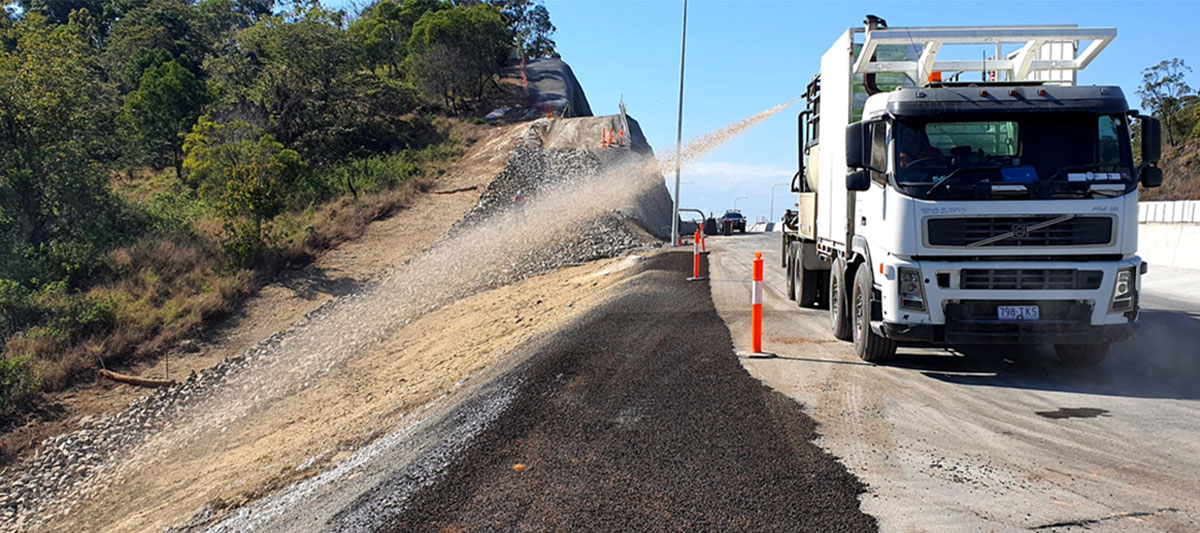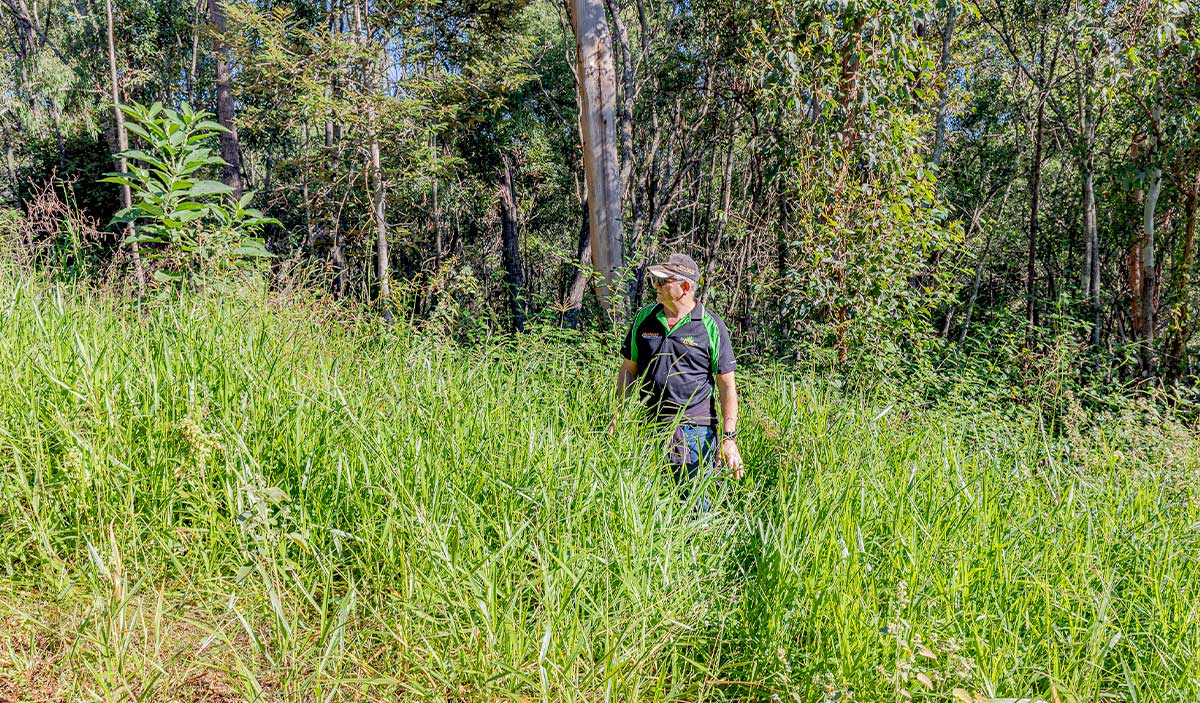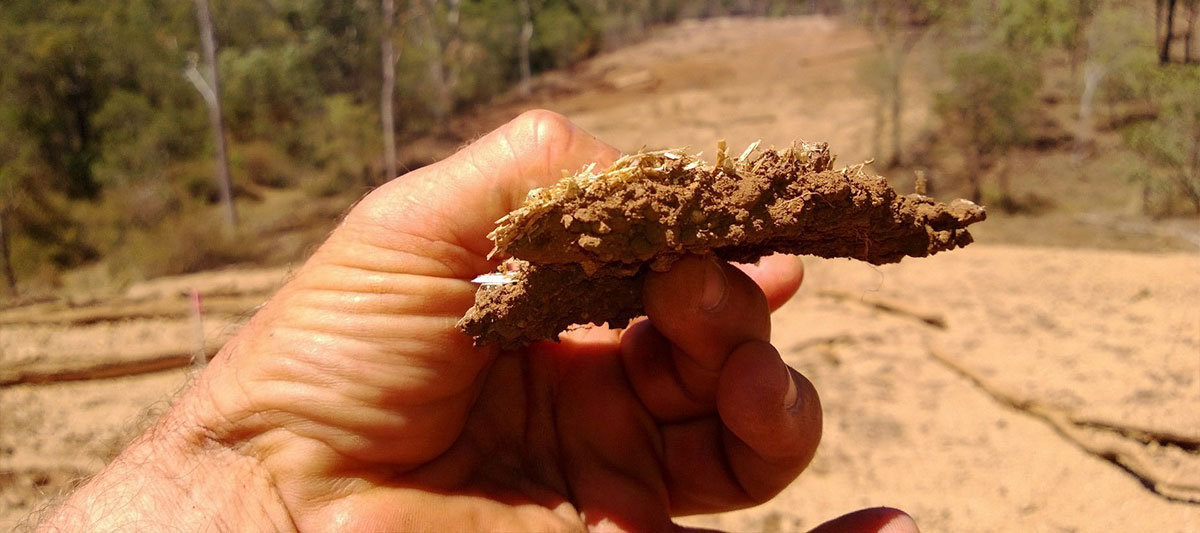Commercial revegetation projects typically represent a significant investment in time, energy and money – particularly over large areas – and success depends on striking a balance between efficiency and costs.
Without proper care and attention to detail, projects can fail, leading to expensive and time-consuming reworks. Despite this risk, project budgets often dictate timelines and push contractors to rush the implementation process.
In every revegetation project, the goal is to limit expenses without compromising on project execution and outcome – and the following considerations can help to achieve this.
In-depth knowledge of revegetation
Hydraulic revegetation projects can only be effective when correctly executed, and this is easier for contractors who keep up with the latest industry updates. Staying on top of new developments will allow you to offer site owners a service that reflects the best in the industry at any given time. This is critical, particularly as the government enforces compliance with EPA regulations which require that expensive reworks be completed when the desired project outcomes are not achieved. Hence, achieving these desired outcomes will likely lead to client referrals and more business.
Appropriate planning and implementation programming
Detailed planning and implementation in accordance with project stages is key to achieving optimal outcomes in revegetation projects. In particular, soil assessments, recommendations and application quotes can not only simplify the process, but also greatly reduce the risk of failing to achieve the desired outcome.
Clear parameters and accurate information
As all experienced contractors know, the markers for success in a revegetation project can vary. In any case, a successful outcome is far more likely when project goals concerning budget and output are clear.
Appropriate site and risk assessment
By conducting a comprehensive assessment of potential worksite risks prior to beginning a project, you can make the most of your opportunity to establish and consistently implement the correct revegetation practices to manage these.

Careful process and product selection
The cheapest available revegetation solution may be appealing from a profit perspective, but ineffective programs can ultimately lead to expensive reworks. Investing in a scientifically proven, independently tested solution from the outset often makes the best financial sense, especially when you want a long-term, self-sustaining, environmentally responsible outcome. Comprehensive solutions also take into account factors such as the overall project cost, vegetation establishment, carbon footprint, water usage and ongoing maintenance.
When you want to increase soil fertility, reduce erosion, enhance biodiversity, cool the regional climate and minimise weeds, a tailored revegetation approach is key. Ultimately, it’s all about increasing the availability of water and nutrients for plant life to enhance growth.
Are you interested in finding out more about the award-winning EnviroStraw revegetation systems and products and how they could work for your business? Click here to get in touch.

